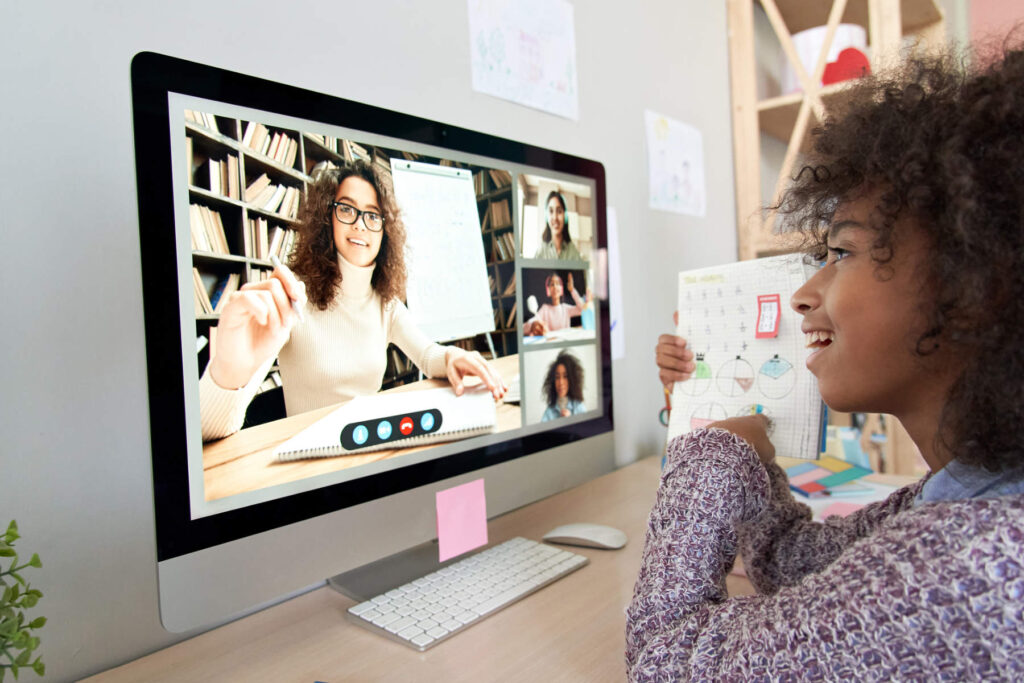

Teaching online presents unique challenges that differ greatly from traditional classrooms. One of the most common issues educators face is student disengagement. Without physical presence, students can become passive, distracted, or even invisible. Engagement online isn’t just about flashy visuals—it’s about connection, interaction, and active learning.
To keep learners involved, educators must think creatively and strategically, adapting to different learning styles while leveraging the tools available in virtual environments.
Visual storytelling is a powerful tool. Rather than relying on long blocks of text or monotonous slides, use visual aids such as:
Incorporating interactivity—like clickable hotspots, embedded quizzes, or polls—turns passive viewers into active participants. This not only improves comprehension but also makes sessions more memorable.
One major benefit of synchronous (live) sessions is the opportunity to engage in real-time. To make the most of it, use breakout rooms for small group discussions, icebreaker activities, and real-time collaborative boards such as:
Encourage student voices by rotating who presents or leads group recaps. This helps create a sense of shared responsibility and keeps everyone involved.
Gamification is a fun and effective way to make learning stick. Introducing friendly competition through online tools can drive motivation. Consider integrating:
Games tap into students’ natural desire for play and achievement, turning even dry topics into exciting missions.
Lastly, sustained engagement relies on emotional safety and community. Acknowledge student effort, celebrate small wins, and encourage peer-to-peer support. Begin sessions with a check-in question or allow informal chats before class starts. These small gestures create a sense of belonging and reduce screen fatigue.
Flexibility is also crucial—offering asynchronous options or multiple formats respects students’ different circumstances and learning needs.
Online teaching doesn’t have to feel distant or dull. With the right strategies, educators can make virtual classrooms as lively and effective as in-person ones. The key lies in thoughtful design, creative use of tools, and genuine connection with learners. When students feel seen, heard, and challenged, engagement follows naturally.
Discover more stories and insights that align with your interests. These handpicked articles dive deeper into accessible learning, inclusive education, and tools to empower your teaching journey.